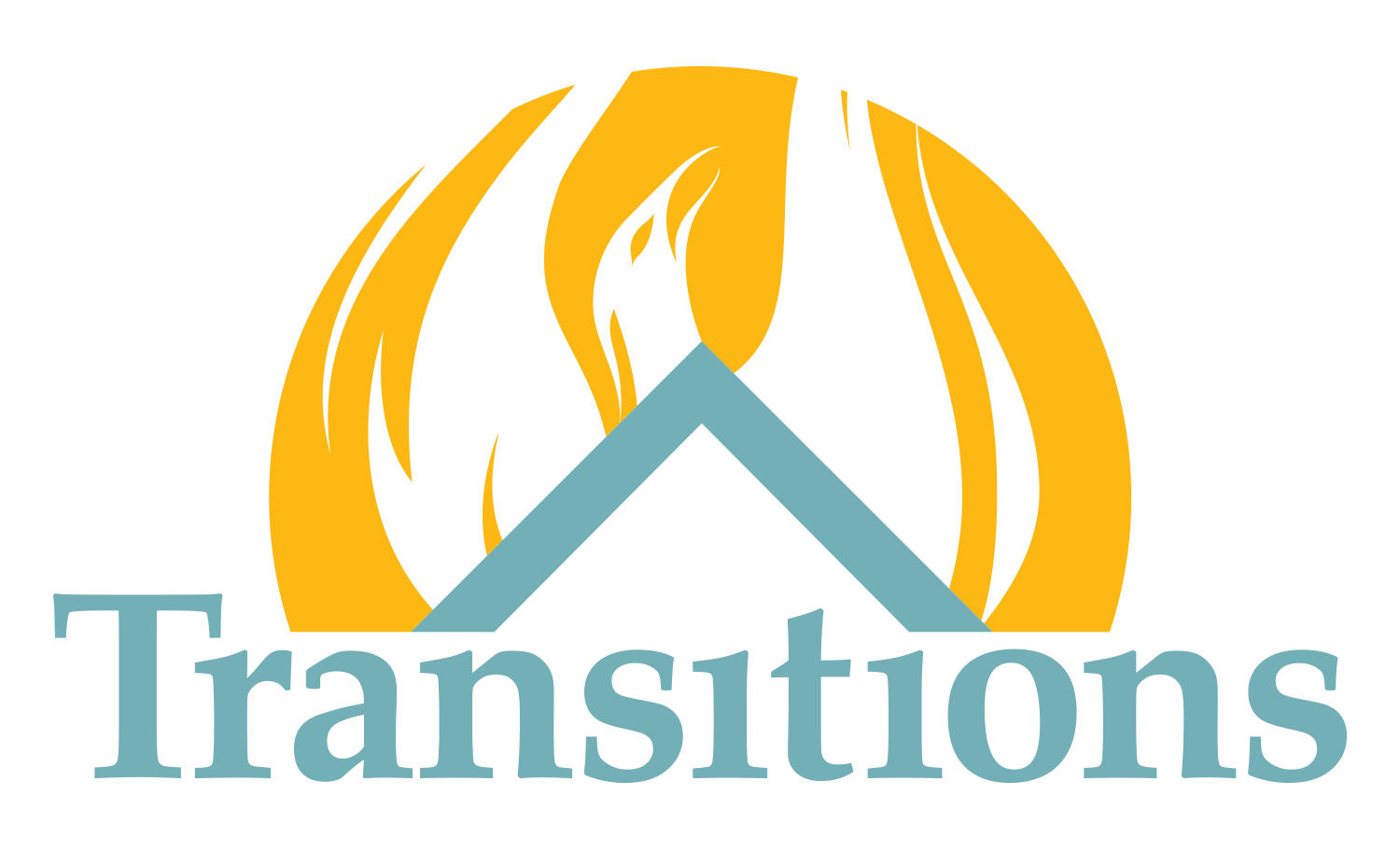Principles of Drug Addiction – Part One
Here at Transitions, we design our programs, treatment, and resources to align with the Principles of Effective Treatment outlined by the National Institute on Drug Abuse. These principles help to provide structure, consistency, and accountability in everything that we do. The NIH has identified 13 specific principles that provide this basis for treatment.
As we continue to provide more education behind our treatment programs, we wanted to dig into these principles. There’s a lot of information to unfold, so we’ll be breaking this into a two-part piece to dive into all of them!
Addiction is a complex but treatable disease that affects brain function and behavior. At Transitions, we know that addiction is a chronic, progressive and potentially fatal disease. We also know that treatment works. Tailored to the individual, treatment along the continuum of care can treat the disease of addiction and put it into remission.
No single treatment is appropriate for everyone. Treatment is individualized at Transitions. Matching the correct level of care and treatment interventions to the person is imperative for a person’s recovery. That is why treatment starts with an assessment and evaluation to determine what is the best course of treatment for each person we serve.
Treatment needs to be readily available. When a person reaches out for help, we must be ready to respond! That is why Transitions offers immediate access to care. Waitlists and delayed interventions can negatively impact a person’s recovery journey, and prevent them from entering treatment.
Effective treatment attends to multiple needs of the individual, not just his or her drug abuse. To be effective, treatment must address the bio-psycho-social needs of each person. We offer a holistic approach to our treatment, and meet the many needs of the people we serve. This includes what happens after treatment, ensuring that individuals have a safe place to live, and a supportive network to encourage them throughout their recovery.
Remaining in treatment for an adequate period of time is critical. The appropriate duration for treatment depends on each individual. Coinciding with #2, we recommend the type of treatment and length of treatment based on the specific individual needs of a person and how they best respond to the treatment interventions. This looks different for everyone.
Behavioral therapies—including individual, family, or group counseling—are the most commonly used forms of drug abuse treatment. While in treatment at Transitions, we provide individual, group and family therapy. We provide all three counseling services so that clients can have their needs addressed individually, share in recovery experiences with others, and build relationships with their family.
For our team at Transitions these principles help guide our core values as a team and emphasize the importance of person-centered planning. We think it’s important that we hold ourselves as an organization accountable to these principles in everything we do – enabling us to provide the best possible care to every client we interact with. There is a lot of information to unpack within these principles, but our goal in sharing them is to be transparent about the core beliefs that we hold true as an organization.
As we continue to share more of these principles, we hope the information will help to continue to educate our community!

